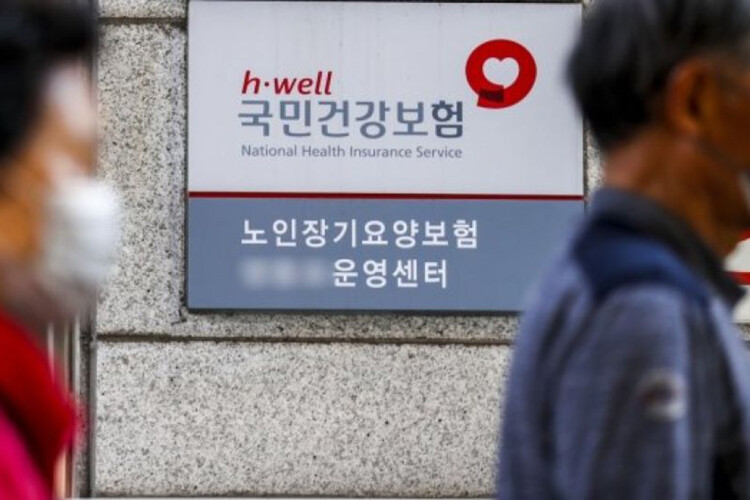
The number of patients suffering from malnutrition in South Korea has increased by nearly three times in the last five years, particularly among low-income households, data showed Tuesday.
According to an official report from the National Health Insurance Service delivered to Rep. Jun Jin-sook of the Democratic Party of Korea, a total of 63,274 patients received treatment for malnutrition from 2019 to the first half of this year.
The number of patients suffering from malnutrition increased significantly during the COVID-19 pandemic — which lasted about three years in Korea from January 2020 to May 2023 — leading to a sharp increase in the number of patients suffering from malnutrition last year.
While the total number of malnutrition patients recorded up to 6,245 in 2019, the NHIS recorded 16,634 patients in all of 2023 — a 2.7-fold increase compared to numbers from 2019.
In the first half of this year, the NHIS recorded 8,540 patients being treated for malnutrition, which accounted for 51.3 percent of the total number of patients treated in 2023. If such trend continues into the latter half of this year, the NHIS estimates that Korea could see the highest number of patients with malnutrition in the last five years.
The NHIS reported a twofold rise in malnutrition among low-income individuals receiving state medical support over the past five years, from 1,117 in 2019 to 2,408 in 2023.
Out of all the medical benefit recipients being treated for malnutrition, the insurance service added that the largest portion of such patients consisted of senior citizens. From 2019 to the first half of 2024, 85 percent of all patients were aged 65 and older.
“The people are now facing difficulties in not just making a living, but also in maintaining basic nutrition levels in their body,” said Jun. “There is an urgent need for a detailed and dense welfare system to be in place that can guarantee at least the minimum quality of life for all people.”
Asia News Network/The Korea Herald
According to an official report from the National Health Insurance Service delivered to Rep. Jun Jin-sook of the Democratic Party of Korea, a total of 63,274 patients received treatment for malnutrition from 2019 to the first half of this year.
The number of patients suffering from malnutrition increased significantly during the COVID-19 pandemic — which lasted about three years in Korea from January 2020 to May 2023 — leading to a sharp increase in the number of patients suffering from malnutrition last year.
While the total number of malnutrition patients recorded up to 6,245 in 2019, the NHIS recorded 16,634 patients in all of 2023 — a 2.7-fold increase compared to numbers from 2019.
In the first half of this year, the NHIS recorded 8,540 patients being treated for malnutrition, which accounted for 51.3 percent of the total number of patients treated in 2023. If such trend continues into the latter half of this year, the NHIS estimates that Korea could see the highest number of patients with malnutrition in the last five years.
The NHIS reported a twofold rise in malnutrition among low-income individuals receiving state medical support over the past five years, from 1,117 in 2019 to 2,408 in 2023.
Out of all the medical benefit recipients being treated for malnutrition, the insurance service added that the largest portion of such patients consisted of senior citizens. From 2019 to the first half of 2024, 85 percent of all patients were aged 65 and older.
“The people are now facing difficulties in not just making a living, but also in maintaining basic nutrition levels in their body,” said Jun. “There is an urgent need for a detailed and dense welfare system to be in place that can guarantee at least the minimum quality of life for all people.”
Asia News Network/The Korea Herald






